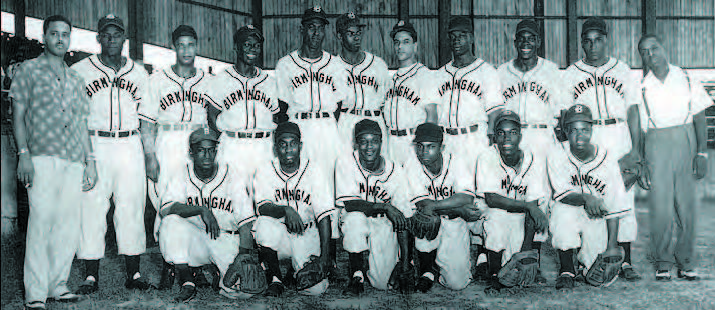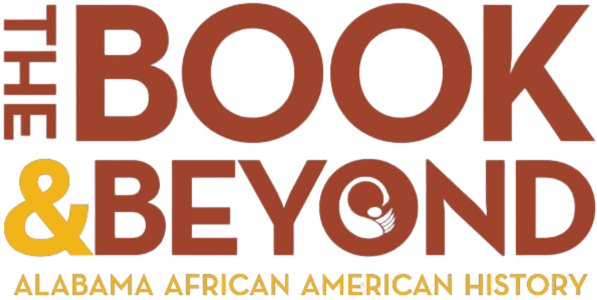
The Birmingham Black Barons professional baseball team was a member of the Negro Leagues from 1920 to 1960 and was considered “the jewel of Southern black baseball.”
Racial segregation policies in the United States during most of the 20th Century barred African Americans from playing many professional sports. The Black Barons and
the other teams of the Negro Leagues gave African Americans an opportunity to play baseball at the professional level.
From the 1920s to the 1940s, the Birmingham Black Barons were among the most successful baseball teams in the Negro League and featured some of the greatest players to ever play the game. Five Black Barons, George “Mule” Suttles, Leroy “Satchel” Paige, Willie Wells, Bill Foster, and Willie Mays were inducted into the National League Baseball Hall of Fame.
The first Black Baron team emerged in the years following World War I, primarily from players who competed in the Industrial League. Industrial League games between teams from ACIPCO, Connor Steel, Stockham Valve and Fittings, and other companies were huge in Birmingham and could easily draw 5,000 spectators. In 1920, the Black Barons became charter members of the eight-team Negro Southern League, a minor league organization. In 1923, the Negro National League, organized by Rube Foster, granted Birmingham the opportunity to have a major league franchise, and the Black Barons joined the Negro Major League. In 1927, the Black Barons played for the National League title, losing to the Chicago American Giants. Due to financial problems caused by the Great Depression, the team moved back to the minor league for most of the 1930s.
The Black Barons played their home games at Rickwood Field when the white Barons were not playing and on alternate Sundays. Built in 1910, Rickwood Field is the nation’s oldest baseball park in use today.
Ballgames were important events, serving as a diversion to the evils of segregation and a source of pride and accomplishment in African American communities. Negro League ballplayers were considered role models and heroes. When the Black Barons played Sunday home games, local pastors would often dismiss their congregation before noon, telling their parishioners that they would meet them at the game.
In 1939, the Black Barons were purchased by a Memphis undertaker named Tom Hayes, and over the next decade, the greatest teams in the franchise’s history emerged, winning three Negro American League pennants in 1943, 1944, and 1948. Additionally, during that 10-year period, 12 different Black Barons played in the annual Negro League East-West All-Star Game, played at Chicago’s Comiskey Park.
When Jackie Robinson broke baseball’s color barrier in 1946, the hard-fought goal of the Negro Leagues was finally realized. Unfortunately, it also ushered in the demise of the Negro Leagues. In 1948, the Black Barons and the Homestead Grays met in the last Negro League World Series. In 1959, after 3 unsuccessful attempts at winning the Negro League World Series, the Black Barons finally won the Negro League Championship. The Black Barons played their last season in 1963. The history of the Birmingham Black Barons and the Negro Leagues is showcased in the Negro Southern Leagues Museum located in Birmingham, Alabama.
Resources
-
Encyclopedia of Alabama, Larry Powell, University of Alabama at Birmingham https://encyclopediaofalabama.org/article/birmingham-black-barons/
-
Birmingham Barons, Chris Fullerton http://www.milb.com/content/page.jsp?ymd=20080419&content_id=41116560&sid=t247&vkey=team4
-
Wikipedia http://en.wikipedia.org/wiki/Birmingham_Black_Barons

